Alessandro Rossi
End-to-End Models for the Analysis of System 1 and System 2 Interactions based on Eye-Tracking Data
Feb 03, 2020


Abstract:While theories postulating a dual cognitive system take hold, quantitative confirmations are still needed to understand and identify interactions between the two systems or conflict events. Eye movements are among the most direct markers of the individual attentive load and may serve as an important proxy of information. In this work we propose a computational method, within a modified visual version of the well-known Stroop test, for the identification of different tasks and potential conflicts events between the two systems through the collection and processing of data related to eye movements. A statistical analysis shows that the selected variables can characterize the variation of attentive load within different scenarios. Moreover, we show that Machine Learning techniques allow to distinguish between different tasks with a good classification accuracy and to investigate more in depth the gaze dynamics.
Robot kinematic structure classification from time series of visual data
Mar 11, 2019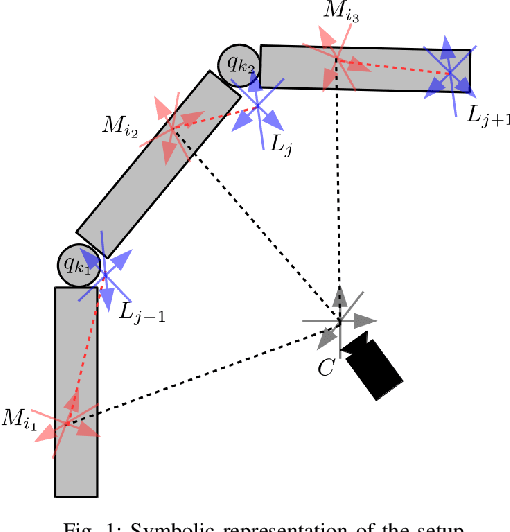
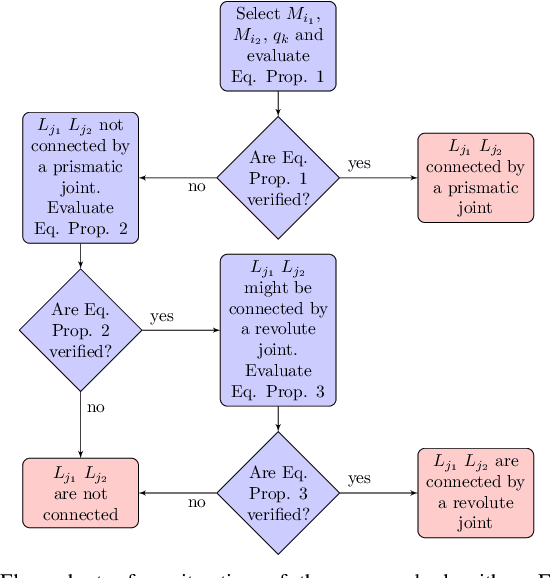
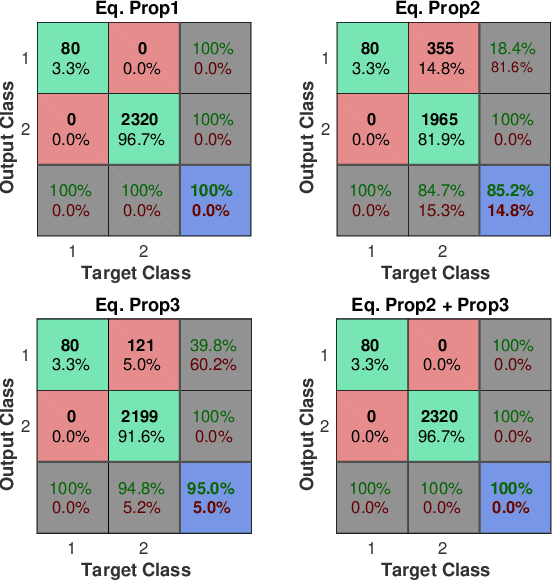
Abstract:In this paper we present a novel algorithm to solve the robot kinematic structure identification problem. Given a time series of data, typically obtained processing a set of visual observations, the proposed approach identifies the ordered sequence of links associated to the kinematic chain, the joint type interconnecting each couple of consecutive links, and the input signal influencing the relative motion. Compared to the state of the art, the proposed algorithm has reduced computational costs, and is able to identify also the joints' type sequence.
Neural Networks for Beginners. A fast implementation in Matlab, Torch, TensorFlow
Mar 16, 2017



Abstract:This report provides an introduction to some Machine Learning tools within the most common development environments. It mainly focuses on practical problems, skipping any theoretical introduction. It is oriented to both students trying to approach Machine Learning and experts looking for new frameworks.
The principle of cognitive action - Preliminary experimental analysis
Jan 09, 2017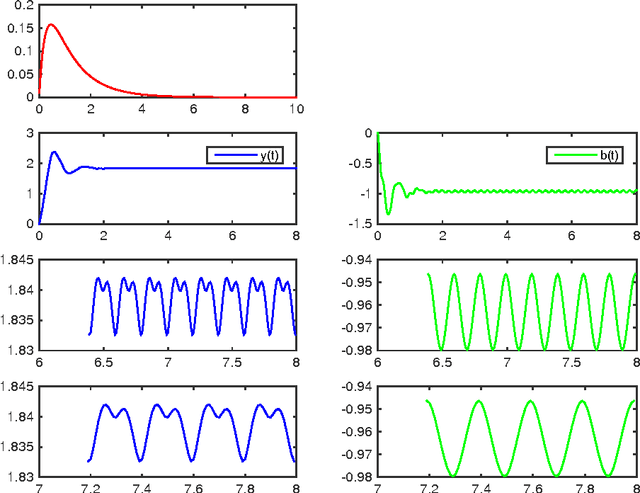

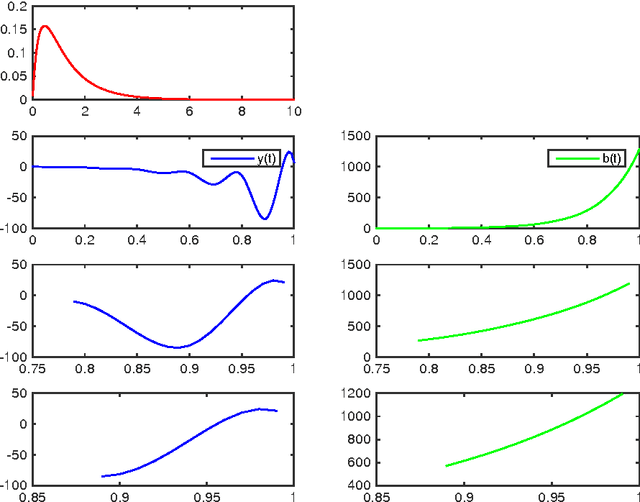

Abstract:In this document we shows a first implementation and some preliminary results of a new theory, facing Machine Learning problems in the frameworks of Classical Mechanics and Variational Calculus. We give a general formulation of the problem and then we studies basic behaviors of the model on simple practical implementations.
Collapsing of dimensionality
Jan 03, 2017

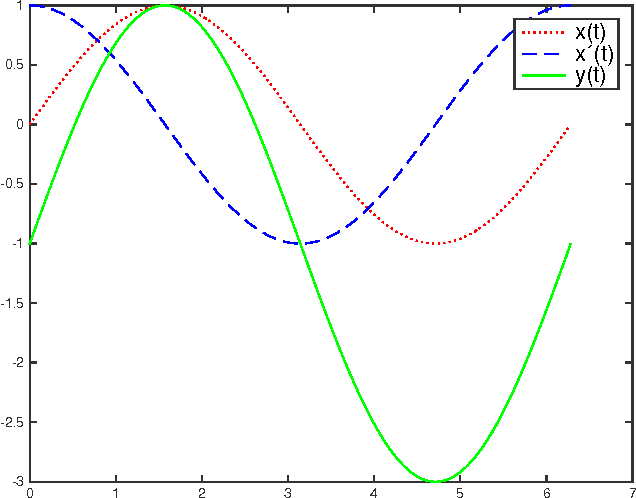

Abstract:We analyze a new approach to Machine Learning coming from a modification of classical regularization networks by casting the process in the time dimension, leading to a sort of collapse of dimensionality in the problem of learning the model parameters. This approach allows the definition of a online learning algorithm that progressively accumulates the knowledge provided in the input trajectory. The regularization principle leads to a solution based on a dynamical system that is paired with a procedure to develop a graph structure that stores the input regularities acquired from the temporal evolution. We report an extensive experimental exploration on the behavior of the parameter of the proposed model and an evaluation on artificial dataset.
 Add to Chrome
Add to Chrome Add to Firefox
Add to Firefox Add to Edge
Add to Edge